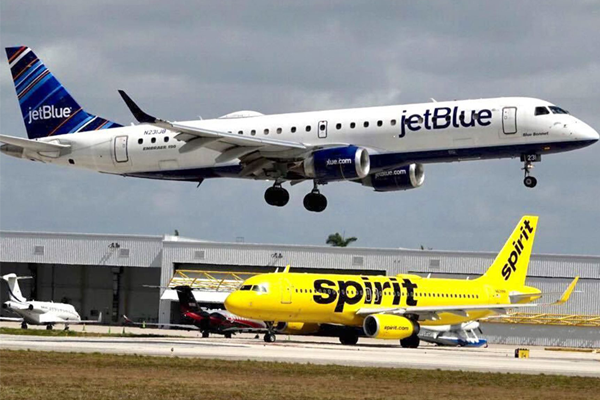New York, NY – The nation’s first overdose prevention centers have opened their doors in Washington Heights and East Harlem. The arrival of the centers comes as the number of lethal overdoses nationwide has reached record numbers.
In 2019, drug overdoses — involving both illicit drugs and prescribed opiates — killed more than 70,000 Americans. A new report by the National Academies of Sciences, Engineering, and Medicine, further highlights the devastating impact drug overdoses are having on working-age people across the country.
Both the Washington Heights and East Harlem centers — located at W. 180 Street and E. 126 Street respectively — are providing drug users a safe space where they can be amongst trained staff who can offer life-saving interventions, treatment options, and social services.
More importantly, the injection sites are facilitated by people who are trained to administer Narcan, also known at Naloxone. Use of the opiate reversal medication, in fact, has already helped save the lives of two people at the centers during their first day in operation.
The centers — known as the CORNER Project and New York Harm Reduction Educators — also provide clean needles as well as addiction specialists who can offer effective approaches, treatment options and different pathways towards recovery.
Nevertheless, the arrival of the new centers have not come without community opposition. Critics of the centers fear they could end up promoting drug use, rather than curbing it.
I recently spoke with a close friend, mentor and trainer — fellow New York State Certified Recovery Peer Advocate (CRPA) and Certified Peer Specialist (CPS) Anthony Ramirez — who has spent years in the trenches of this war. Ramirez has a very different view from those who disagree with this initiative.
“As a CRPA, I believe in the multiple pathways of recovery,” he says. “The harm reduction model has proven to be an effective tool in the recovery field. Meeting people where they are allows for more receptiveness to accepting assistance and information on recovery. I am in support of the shooting galleries as they would reduce the amount of individuals using in the streets.”
This, in turn, Ramirez says, will help reduce the amount of dirty syringes sometimes found littering city streets and “lower the risk of children picking them up or being stuck with them, and possibly getting infected.”
“In the same light,” he says, “this program would give individuals a safer environment to use and avoid possible crimes against them[selves]. Most importantly, users will be around trained Narcan dispensers in the event of an overdose — this would save tremendous lives!”
As a state certified specialist, advocate, previous overdose responder trainer, and more importantly, as a person in recovery — I have seen the damages. I have spent time in the trenches, too. I have witnessed overdoses. I have taken part in different police initiatives to offer encouragement, support and treatment options for those in need.
I have listened to the opponents who claim this is all ridiculous. I have heard from opponents who argue that the shooting galleries are an outrage and that we must end the war on drugs. And I agree. We do have to end this war.
But the war is not over. Lives are being lost. We need to learn how to save those lives; in which case, there is no more right or wrong. There is only opportunity and the ability to offer options and support. All else is nothing more than a battle to save a life.
“The centers will have clean needles to prevent the transmission and spread of diseases,” Ramirez says. “This offers a potential environment where recovery information can be provided. Plus, no one is being stigmatized or demonized. This makes people feel human.
The Overdose Prevention Centers will get a lot of people off the streets. I understand that people may not see the good in this. I understand that people think this is promoting drug use — which is far from the case. If people understood the pathways of recovery, they would see that this could benefit not just individuals with Substance Use Disorder [SUD] but provide ease to loved ones and family members because they know there’a a safe environment. Not to mention, if people choose to get help, this will provide a quality of life that the user has not seen in decades.”
Ben Kimmel is a proud member of the IUOE Local 94, as well as an Author, Writer on thewrittenaddiction.com, Mental Health First Aid Instructor, Well-being and DEI Content Provider, Certified Addiction and Recovery Coach, Certified Professional Life Coach, and Peer & Wellness Advocate. Ben can be reached at bennyk1972@gmail.com



